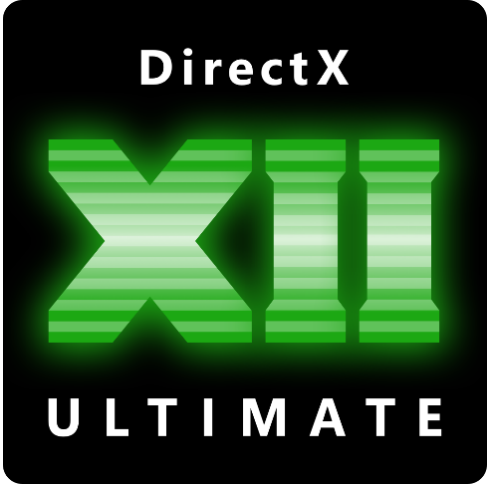If graphics programmers want major API redesigns then it's their onus to push those very limits of graphics programming even if it makes IHVs uncomfortable!
Barriers were recently refactored to be more explicit. Barrier APIs are more complex these days because some hardware in particular requires a more fine grain resource state tracking model with one of the lower common denominator being AMD there ...
If the current resource binding model and "buffer zoo" concept is a sore thumb then we absolutely need more recent examples like Ghosts of Tsushima to push the boundaries of bindless design and show the consequences of what happens to laggards such as Nvidia when emulating more powerful bindless API designs like shader resource tables on inferior designs. Another big reason why bindless hasn't taken off is also down to the fact that major ISVs such as Epic Games with Unreal Engine have been dragging their feet for nearly a decade on implementing this feature ...
Work Graphs could be really helpful for expressing dependencies between different rendering passes if you want to avoid the complexity of using barriers in some cases and it's mesh nodes extension has potential for simplifying PSO management ...
The way I see it, better API designs aren't going to sprout into existence by just simply giving in to waiting out the stalemate. Developers need to do a better job to scare IHVs into submission to extract whatever concessions they want out of them. Largely confining the ISV bullying to just Intel or AMD to a lesser extent won't drive much impetus for API changes because of the lack of pressute to motivate the biggest IHV to do better in some of these aspects ...
Barriers were recently refactored to be more explicit. Barrier APIs are more complex these days because some hardware in particular requires a more fine grain resource state tracking model with one of the lower common denominator being AMD there ...
If the current resource binding model and "buffer zoo" concept is a sore thumb then we absolutely need more recent examples like Ghosts of Tsushima to push the boundaries of bindless design and show the consequences of what happens to laggards such as Nvidia when emulating more powerful bindless API designs like shader resource tables on inferior designs. Another big reason why bindless hasn't taken off is also down to the fact that major ISVs such as Epic Games with Unreal Engine have been dragging their feet for nearly a decade on implementing this feature ...
Work Graphs could be really helpful for expressing dependencies between different rendering passes if you want to avoid the complexity of using barriers in some cases and it's mesh nodes extension has potential for simplifying PSO management ...
The way I see it, better API designs aren't going to sprout into existence by just simply giving in to waiting out the stalemate. Developers need to do a better job to scare IHVs into submission to extract whatever concessions they want out of them. Largely confining the ISV bullying to just Intel or AMD to a lesser extent won't drive much impetus for API changes because of the lack of pressute to motivate the biggest IHV to do better in some of these aspects ...
Last edited:


